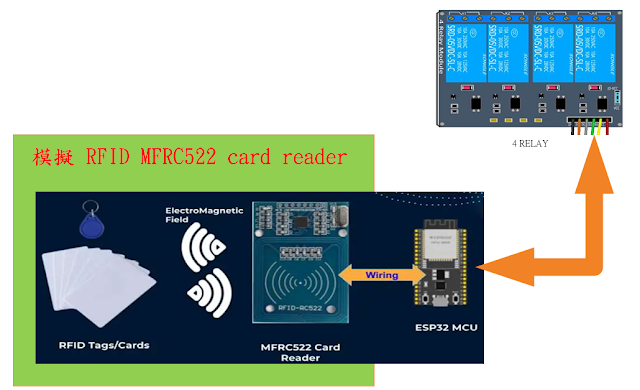源自 http://www.jayconsystems.com/tutorial/xbee/
XBEE PAIRING TUTORIAL - SERIES 2

In this tutorial you will learn how to pair two xBee modules:
The antenna type does not matter when pairing the modules. The series type is product specific.
The antenna type does not matter when pairing the modules. The series type is product specific.
For this tutorial you will need:
2 usb to mini usb cables
2 xBee Explorer boards
2 xBee Modules
1 2.4GHz High Gain Duck Antenna (high gain antenna – because we used the rpsma xbee)
2 usb to mini usb cables
2 xBee Explorer boards
2 xBee Modules
1 2.4GHz High Gain Duck Antenna (high gain antenna – because we used the rpsma xbee)


Step 2 Plug the xBee into the xBee Explorer board, then plug it into the usb cable, then plug the remaining USB into the computer. (Repeat for each xbee)
Step 3 You may need to install the FTDI Virtual Com Port drivers found here. Do this for both xbee explorer boards if you have two. Then locate the com port number by right clicking Computer. Click properties > Device Manager > Ports. Then take note of the com port numbers
Step 3 You may need to install the FTDI Virtual Com Port drivers found here. Do this for both xbee explorer boards if you have two. Then locate the com port number by right clicking Computer. Click properties > Device Manager > Ports. Then take note of the com port numbers

Step 4 Open your xctu software Select one of the com ports The factory default baudrate is 9600. Make sure 9600 is selected. Then click test.

Step 5 “Communication with modem test …ok”. Should appear. After this window appears, click ok. If this window does not appear you should change the baud rate then try again. If this persists then post your problem on Jaycon Systems forum (http://www.jayconsystems.com/forum/)

Step 6 Click "Modem Configuration", then click the "Read" tab. The first step is to configure one module as a Coordinator, and the second one as an End Device. To do this, simply select use the Function Set drop down menu, to select Zigbee Coordinator AT, as well as the latest version number, and then press the write button. This will update the modem to a Coordinator. Every Xbee Series 2 setup must have a Coordinator. Using the same method, configure the second xbee as an End Device.

Step 7 Now to pair the first xBee module with the second xBee module. The first thing to make sure is that both have the same PAN ID number. The default should be "0". You can leave this for now, unless you think you will be near other xbee networks. The next step is changing the "Destination Address High", and "Destination Address Low". You can use the read button to read the address of the modules and write them down, or you can read the address located on the bottom of the module.

Step 8 Enter these numbers in the DH and DL field of the other xbee.
Destination Address High – You will enter the destination address high from the other xbee module.
Destination Address Low – You will enter the destination address low from the other xbee module. Once you have entered both values, hit the write button once again. This will write the values to the xbee and store them on non volatile memory
Destination Address High – You will enter the destination address high from the other xbee module.
Destination Address Low – You will enter the destination address low from the other xbee module. Once you have entered both values, hit the write button once again. This will write the values to the xbee and store them on non volatile memory

Repeat Steps 5, 6,7 & 8 to pair the other xbee module
Step 9 Close XCTU, then reopen. Select the first com port, then click the terminal tab. Sometimes you want to unplug both USB boards, then plug in just the Coordinator. After a few minutes, plug in the End Device, and allow them to "find" each other and pair.
Step 10 Open XCTU again (now you should have 2 xctu windows open). Select the second com port number, then click the terminal tab.
Step 10 Open XCTU again (now you should have 2 xctu windows open). Select the second com port number, then click the terminal tab.

In the first terminal you can enter data. That data will appear in the second window.

Step 11 In the second terminal you can enter data. That data will appear in the first window.

Now your ready to start your wireless application!
Posted in Wireless By Jaycon Systems


沒有留言:
張貼留言